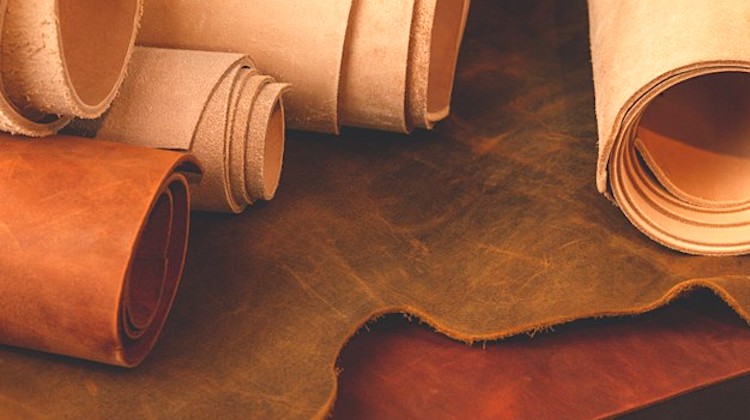
Have you ever wondered why vegetable-tanned leather is so much more expansive than chrome-tanned leather?
Vegetable-tanning is the world’s oldest leather-making tradition, dating back to 6,000 BCE. It’s how early civilizations made animal skins resistant to weather and decay, Business Insider explains in a recent video.
The process requires makers to use natural tanning agents from sources like quebracho, chestnut or mimosa trees. These substances, known as tannins, bind to the collagen proteins in a hide and protect it from bacteria and other substances. This allows the leather to last a long time, even under harsh conditions.
Until the 19th century, vegetable tanning was the only way to make leather. But then tanners discovered that synthetic tannins like chrome and other minerals can also be used to tan leather, and made the process much quicker.
For comparison, vegetable tanning can take 4 to 6 weeks — 28 times longer than it takes to tan leather using synthetic tannins.
Because vegetable-tanned leather takes so long to make, it only accounts for 10% of all leather produced today. It’s also three times more expensive than leather made using synthetic tannins.
Of course, there are a lot more pros and cons to consider. Watch the above video to learn all about vegetable-tanned leather.
Recent Comments